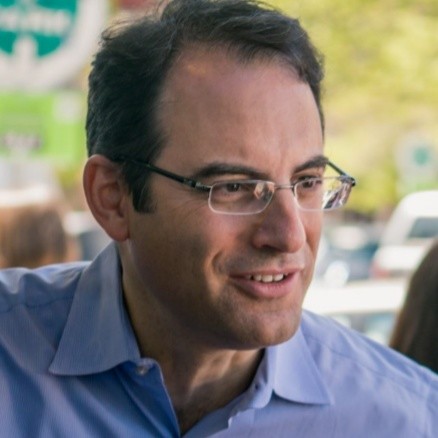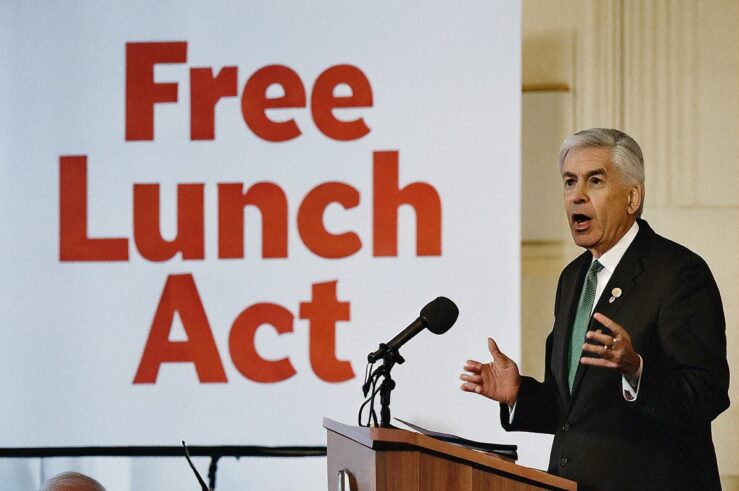This article is a part of the Innovation for the 21st Century Symposium symposium.
It is trite to say that “we are all Schumpeterians now.” When it comes to appreciating the importance of innovation and entrepreneurship, however, we are. Schumpeter, unfortunately, did not leave a theory of innovation that lends itself to easy application to public policy prescriptions, as Brad De Long has explained so clearly. By so clearly highlighting the role that antitrust law and intellectual property policy can play in spurring innovation, Michael Carrier has done the field a great service. Indeed, Mike has written an impressive, ambitious, and important book. But in a post like this, I come not to praise him, but to take pot shots from the peanut gallery.
My first pot shot is one that Mike knows is coming—and footnote 143 reveals as much. On Mike’s view, the Trinko/Credit Suisse double header is, at worst, benign and, at best, on the money. This view of Trinko leads Mike to predict that the Supreme Court will take an aggressive posture as to “pay for delay” pharmaceutical settlements that have developed as an unintended consequence of the Hatch-Waxman Act. The problem with this view is that Mike overlooks the most disturbing aspect of Trinko—it made the judgment about the effectiveness of the regulatory regime (in that case as to the FCC) on a motion to dismiss. Notably, in the AT&T antitrust litigation, this issue was a question of fact and not presumed based on the mere presence of a regulatory regime. I have the same concern about Credit Suisse, which took a generous view of the SEC’s regulatory effectiveness not long after that agency (and the self regulatory organization upon which it relied) failed to unearth a cartel arrangement at the NASDAQ that was only revealed through antitrust litigation. But I have written about this before, as footnote 143 recounts.
My second point is to underscore a point Mike makes in regard to the Microsoft antitrust litigation—whether the presence of intellectual property rights (IPRs) should justify a firm’s decision to withhold access to application programming interfaces or protocols necessary to facilitate interoperability. I agree with his conclusion that IPRs should not displace antitrust oversight. Again, to invoke U.S. v. AT&T, consider that, had the relevant interconnection issue in that case involved patented interfaces, it would have come out differently under the theory pressed by Microsoft. Given that software patents are controversial to begin with, awarding the recipient of a patent on an application programming interface or communications protocol a get-out-jail free card is hard to justify. That said, I would have liked to see Mike develop his view of Microsoft case. He may well have resisted doing so out of concerns related to space, a lack of historical distance, or that he was not sure what type of verdict to pronounce on the decree. At a minimum, I believe if safe to say that the case underscores the challenges of “regulating interoperability,” of which the IPR issues are only a relatively small part of the overall equation.
For a final point, let me close on the discussion of standard setting organizations (SSOs). The role of SSOs is potentially very important and, until recently, they operated with a limited degree of awareness of the regulatory challenges they face as to, among other issues, the threat of patent holdout. As I have explained elsewhere, there is a strong argument that SSOs should be given the type of latitude that Mike calls for in facilitating cooperation and managing the behavior of individual firms. Where Mike could drill down deeper, however, is to evaluate the institutional challenges of how to enforce commitments by firms participating in standard setting organizations to restrict their collection of royalties to reasonable and non-discrimination (RAND) terms. Most question-begging is whether the FTC’s Section 5 authority will ultimately prove to be an important tool in this regard (as used in the N-Data case). In the wake of the Supreme Court’s denial in the Rambus case, there will be undoubtedly more pressure for the FTC to use this tool.
Mike’s book provides lots of fodder for discussion and will provide policymakers with a rich set of proposals to evaluate. I look forward to hearing his voice on these issues over the years ahead.




